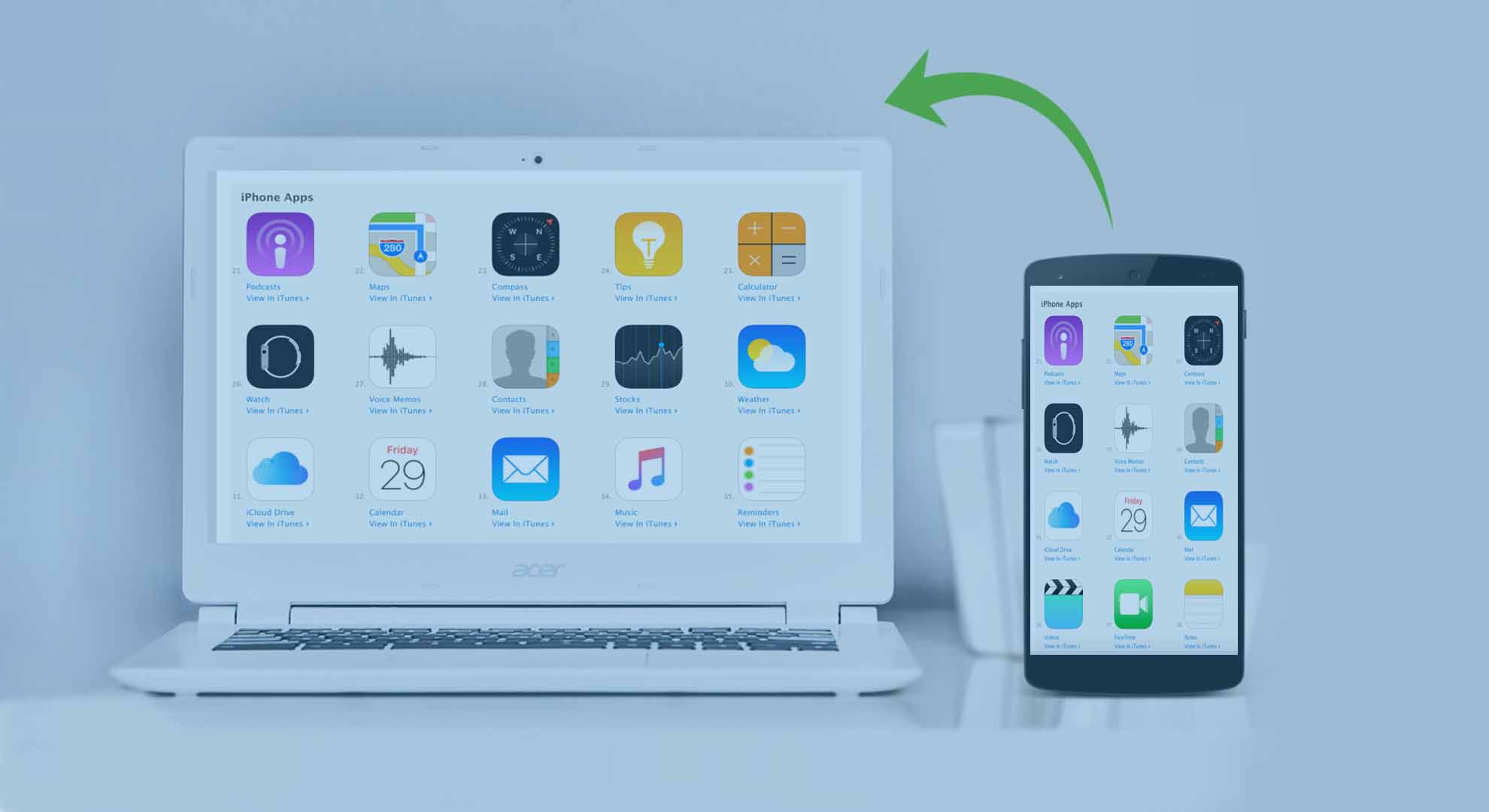There are enough statistics that endorse overflow of the mobile sphere with apps. In fact, with the soaring smartphone adoption, the world is experiencing a disruptive technology revolution.
According to Statista: There were roughly 4 billion mobile users in 2015 and the number will upsurge to 5.07 billion by 2019. Similarly, (as of March 2017) there were 2.8 million apps on Google’s Play Store and 2.2 million on Apple’s App Store.
This growth isn’t led by the free apps (only) as app development companies are earning hefty amount from the same. It’s projected that (by 2020) mobile apps will generate around $189 billion in revenues.
However, this does not mean that every app is a hit. In fact, apps that are unable to establish their Point of Difference (POD) get pushed back in the app graveyard.
Developers must be aware of the frequent OS updates, the ever changing market condition, the demand for app delivery and growing competition. They should overcome these challenges to prevent app failure.
There is no “Rule of Thumb” that developers can follow to create a perfect app but there are few ways that can help them to reduce mistakes. Regardless of the market conditions, following aspects can help any mobile app development team to create successful and highly demanded apps.
1. Main Emphasis Should Be On Solving Genuine Problems
Sometimes developers create such apps that have nothing to do with the real world problems. They do not take into consideration, tangible problems that users face while developing an app. This is the main reason behind unsuccessful apps.
Fundamentally, it is the obligation of the developers to consider actual complications of users in order to embrace aspects such as user expectations, engagement rate and feature acceptance. Following this method can navigate the procedure of app development in the right direction. Thus, creating a possibility for the team to actually apprehend the market conditions are and the way to conduct the gap between the developed solutions and user expectations.
2. Establish Point of Difference (PoD)
Have you ever focused on the reason why a freshly inaugurated restaurant in the town has created a buzz? Or, why people tend to visit new dine in place?
This is because these people are always looking for something new. It should not be forgotten that people have a tendency to get bored of using the same thing repeatedly.
Similarly, in the case of mobile phone applications, there are already millions of apps available in the market. So, users want to be served with something which is unique.
Therefore, you are required to create something different and interesting that attracts people to use your app and keep them engaged.
3. Focus On Design Scalability
Various errors occur whenever the developers modify the interface based on user expectations. Moreover, it is important to create scalable designs so that any feature can be added any time during the mobile app development process.
On the contrary, this technique may appear practical on paper but it circuitously compels the team to design in a way that counteracts the likelihood of MVP (minimum viable product).
It is reasonable for developers to keep their app as basic as possible, making an app MVP. Then after the preliminary release, they keep on incorporating advanced functionalities with the app.
Thus, if the scalable approach is not used while designing the app, it will not be possible adjust any modern feature in the app navigation.
4. Rapid Updates and Releases
Updating an app on a frequent basis, given the vigorous nature of mobile apps, is very important. In order to gather insights about user outlooks, feedback collection plays a vital role. In addition to this, whenever the app is updated incorporating feedback, it modifies the entire approach of the app development process.
While updating all the apps, it is very important to add latest components and functionalities with the only objective of improving the user experience. The development team must realize its importance.
5. Focus on Users Feedback
In a broad spectrum, it is customary for developers to launch MVP in the market so that early adopters can try out the app. By doing this, the team involved in mobile app development will get an opportunity to concentrate on more imperative characteristics such as creation, reviewing and testing the important features.
In due course, developers can pitch into the user’s feedback in order to support their assumption and tweak it further. For this, one can hire a community manager who will track the market for guesswork such as what are the users likes and dislikes; what features are trending among the users. A community manager will help you to gain insights about the target audience helping an app development company to ensure that the product stays germane irrespective of the market conditions.
6. Work on App Efficiency
If you plan to do something then do it with 100% accuracy and efficiency, as a user expect this out of every mobile app. This includes data efficiency too.
Nowadays, smartphone apps which excessively use 3G or 4G data have the utmost probability of being downloaded and forgotten. So, you are required to make sure that your app does not consume more data.
7. Become a master of one platform
This point plays an imperative role when it comes to the development of the sustainable app. Nowadays, hybrid apps are being developed so that they could work on multiple platforms, which is a very good thing. This is because; it brings in diversity and increase the probability of app usage.
However, my experience suggests that you should first master one platform and develop MVP for that. Then keep on testing your app for that platform, incorporate users’ feedback and then develop an app for other platforms.
8. Provide App Description
Description always plays a key role for someone who is checking your app for the first time in iTune App Store or Google Play. People have a tendency to download the app by reading the description.
Apple App Store/ Google Play Store typically display 2 to 3 lines of the description. Users tap on “Read More” to read the entire description. Therefore, it is very crucial to make the first few lines attractive enough so that the visitors are converted into potential customers.
While there are many other aspects that imperil the relevance of apps but the above-mentioned approaches can exhume the underlying potential of apps and ensure their success in the long haul.







